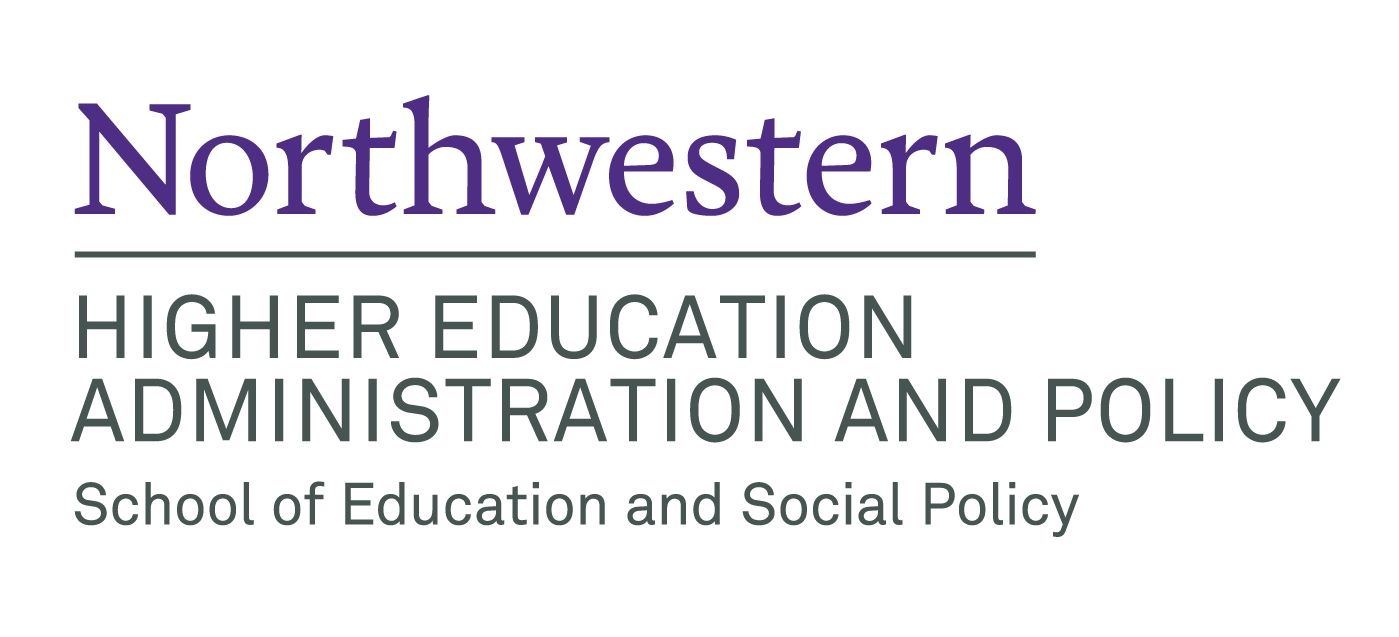Career Resources
Resume and Cover Letter
Your resume and cover letter are the marketing documents you’ll need for a successful job search. Together, they tell your professional story – the goals you want to help an employer achieve, and the skills, experience, and values you possess that will help you do so.
As you craft your cover letters and resume, please keep the following, general tips in mind:
- The resume and cover letter must be complementary, but each must also be strong enough to stand on its own. You never know which document recruiters and hiring managers will scan first.
- Cover letters aren’t optional. They are essential for connecting your strengths to the job’s requirements, and it’s advisable to write one for each application, even if it isn’t requested.
- Well-written resumes and cover letters are only helpful if they’re seen by the right people. A good rule of thumb is to spend at least as much time networking as you do submitting applications. Many would argue you should spend more.
- Asking for help is not a weakness. If you have questions about how to design your job search strategy, please contact Carla Cortes or Lois Trautvetter. We’re here to help!
With that said, please take advantage of these training tools to help you craft cover letters and a resume that will instill you with pride, impress employers, and generate interviews. We hope you find this training beneficial! If it is (and especially if it isn’t), please provide feedback to carla.cortes@northwestern.edu
Creating a Strong Higher Ed Resume
Resumes are marketing documents, which means that, to be effective, they need to resonate with your desired audience. To find out what will speak to your target higher education employer, review job descriptions in your area of career interest prior to writing your resume.
Activity: Keep an Ongoing, Comprehensive Resume
When to start: Upon enrolling in the MSHE program
You probably wrote a resume when you applied to the MSHE program. Don’t delete it! A comprehensive, all-encompassing resume is a great thing to have on hand.
- As you complete class projects, internships, and job projects, add them to your comprehensive resume.
- Do a search on higheredjobs.com, and identify a few jobs of interest to you. Scan the requirements and the verbs used in the job descriptions.
- How many of the requirements and verbs in your desired job descriptions are incorporated into your resume? Are there skills you need to grow during your time as a graduate student in order to make yourself more competitive for these positions? Now is the time to do so!
Activity: Write a Targeted Resume
When to start: When you begin actively searching for a job (i.e. three to six months prior to graduation)
While the comprehensive resume is good to keep in your files, the resume you distribute should be targeted to your specific career goal. This activity will help you write a more targeted resume.
- Do a search on higheredjobs.com, and identify a few jobs of interest to you.
- Highlight action verbs used in the position description and in the required and preferred qualifications.
- Circle any repeated verbs.
- Make a list of field-specific terminology or jargon included in the description.
- Now, take a look at your resume. Have you used the verbs you highlighted and circled in your lists of duties and achievements? If not, how can you re-write the bullets to incorporate these skills?
- What details have you included in your resume that now seem extraneous or distracting, given the requirements and needs of the positions you’re seeking? Remember that an employer may spend only 30 seconds to a minute scanning your resume. Make sure all the details you include are either relevant to his/her needs and the requirements of the position or important for conveying your unique qualities as a person and professional.
Sample Resume
Explore the sample resume below and think critically about what makes this resume good or bad. You can take a look at helpful tips, advice, and critiques by clicking on the red dots throughout the resume sample. Think about your own resume and how you could update your resume based on the advice here.
Tailor a cover letter to the job
Cover letters are a way to stand out from the pile. A writing sample and marketing tool, the cover letter shows that you understand the needs of the open position and convinces an employer you can fulfill those needs with your particular skill set and experience.
Cover letters should be three to five paragraphs in length and no longer than one page. Be sure to use a business letter format, as indicated in the sample, and know that the more you can tailor letters to each specific position for which you apply, the better.
Hiring managers expect to see specific experience in your cover letter related to the job description. To accomplish this, you might want to start by going through a job description and looking for the key areas you can highlight (literally highlighting can help) in your cover letter.
Start by looking at the following job description for a fictional higher education job.
Sample Cover Letter
Now look at how the following sample cover letter is tailored to that job description. Notice how the highlighting matches the highlighted sections of the job description.
More Resources
Resume and Cover Letter Checklist
Sample Cover Letter With Job Description
